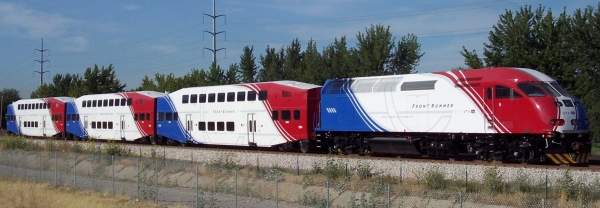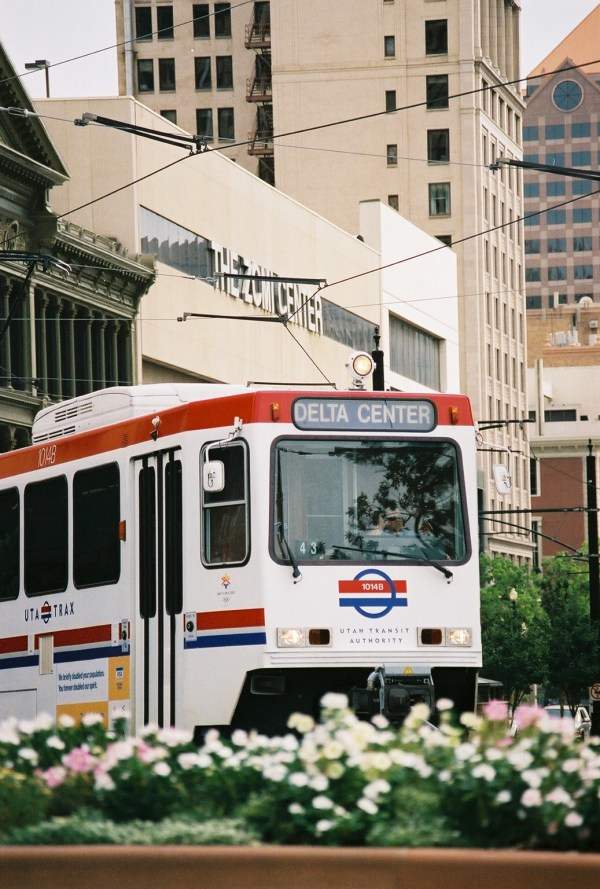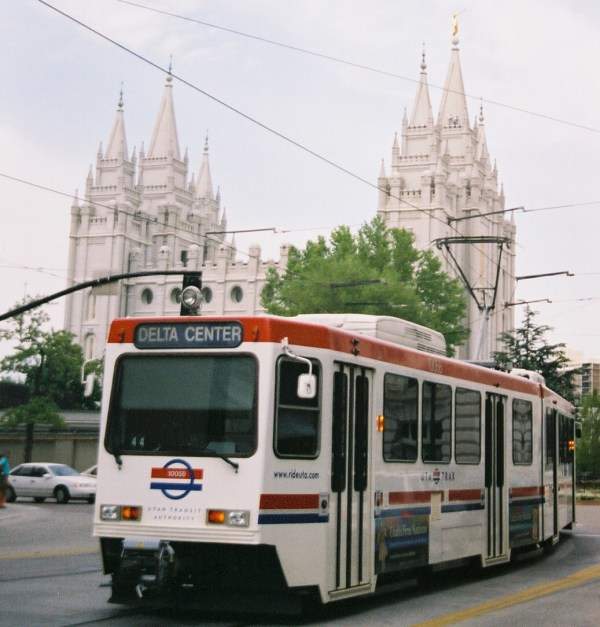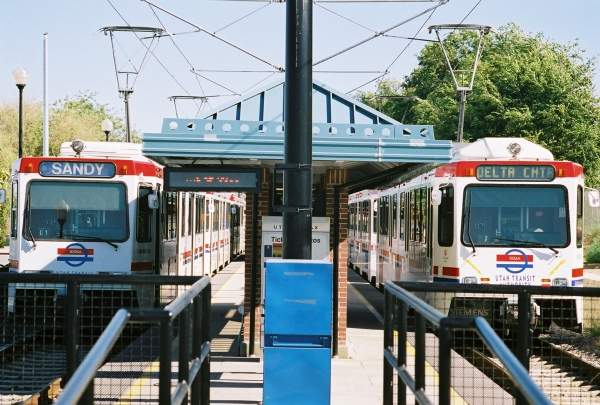The Mid-Jordan line is a 10.6mi long light rail line running from the Daybreak area of South Jordan to Murray. It connects Murray, Midvale, West and South Jordan with the existing Sandy / Salt Lake Trax line.
The line has been built to serve the growing southwest region of the Salt Lake Valley. The project was implemented by the Utah Transit Authority (UTA).
Federal Transit Administration (FTA), UTA, the Wasatch Front Regional Council (WFRC), Kennecott Land Company and the cities of Murray, Midvale, West, South Jordan and Salt Lake County were the active partners of the project. The construction began in May 2008 and the line opened for revenue service on 7 August 2011.
The line currently serves about 19,000 riders a day to and from Salt Lake City.
Mid-Jordan line Project
The $535m double-tracked Mid-Jordan corridor project was initiated in July 2007. In September 2007, the Federal Transit Administration (FTA) reached an agreement with the Utah Transit Authority (UTA) to implement the mitigation measures for the Mid-Jordan Trax line project. The FTA approved the project and issued a letter of no prejudice in November 2007.
In May 2008, the UTA officially broke ground and started preliminary construction activities on the Mid-Jordan line. In January 2009 the FTA full funding grant agreement was approved and $428m of federal funding was granted towards the project.
The project also received local matching funds from Salt Lake County apart from the federal funding.
Infrastructure and construction
The 10.6mi long track included 1.2mi of at-grade street running track and 9.5mi of at-grade ballasted track.
The line was segmented into five sections for the purpose of construction. The sections include Daybreak Area, Old Bingham Area, Gardner Village Area, Cottonwood Area and Sugar Factory Area.
New stations built as part of the project included Daybreak South, Daybreak North, 5600 West, 4800 West, Bingham Junction, Gardner Village Station, Redwood Station and Bangerter Station.
Bridges were constructed at 700 West, Winchester Street, the Jordan River, 7200 South, 7800 South, Bangerter Highway and the Utah / Salt Lake Canal. The construction crews also installed 16 noise barriers and railway signalling equipment.
The installation of overhead catenary system (OCS) wires and poles, along the line was also completed. The excavation work for construction of parking structure was completed and landscaping was also completed at West Jordan city centre.
The construction was completed in January 2011.
Contractors
The $205m construction contract was awarded to a joint venture between Kiewit, Herzog and Parsons (KHP) in September 2007. The architecture and engineering support provided by Parsons Transport Group. The canopies at Daybreak segment were designed by Kennecott Land.
KHP awarded a $23m subcontract to Rocky Mountain Signal Services (RMSS), a joint venture between rail system solutions (RSS) and MJG, for the design and installation of train control systems.
RMSS installed highway crossing warning systems along the entire length of the line as part of the contract. The works also included laying the 1.2mi at-grade street running track and 9.5mi at-grade ballasted track.
KHP subcontracted Hanson Pipe & Precast to provide 4,600ft railroad crossings for the line.
The track material supply contract was awarded to B&B Diversified Materials. Rocky Mountain Steel Mills was awarded the steel supply contract.
Rolling stock
In May 2008, UTA ordered 77 Siemens S-70 low-floor cars out of which 28 are destined to run in the Mid-Jordan line. The S-70 Trax cars are built with low floors which is convenient for platform level boarding.
The cars were tested in February 2011. In July 2011, UTA commissioned 77 S-70 low-floor cars which were purchased under its front lines 2015 rail expansion programme. The maximum operating speed in the line is 65mph and the average speed is 35mph.
A 94,000ft2 service centre is dedicated for carrying out service and repair of the Trax vehicles.







